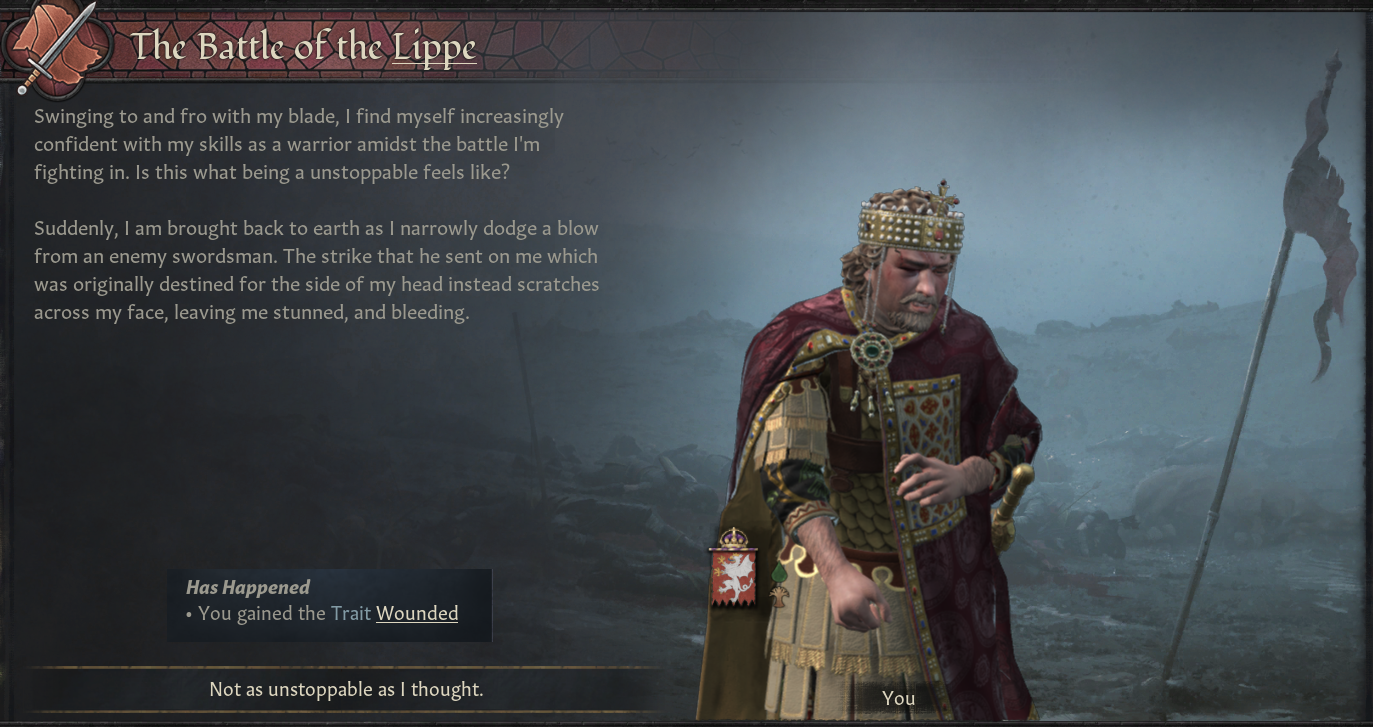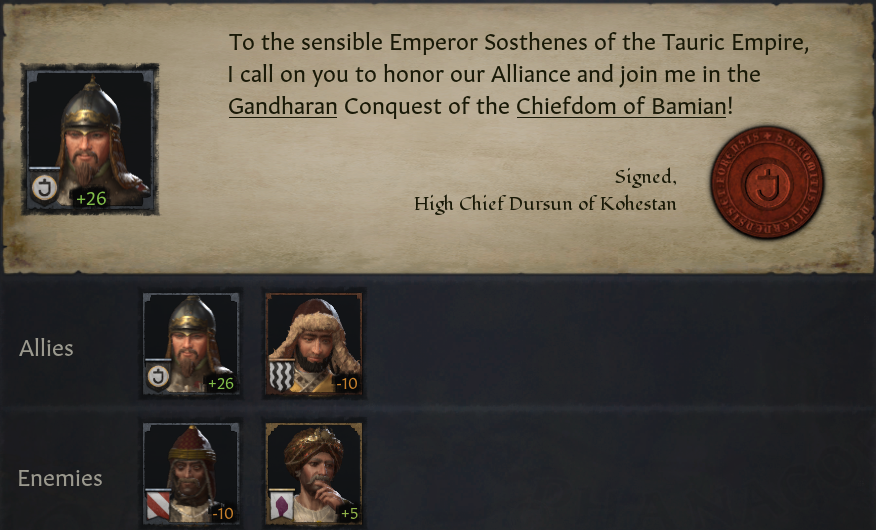Levonbrintia, as the last bastion of native Celts, is determined to resist the Vikings and regain control over the islands. Unlike Ivernia and Prytania, Levonbrintia remains in the hands of Celtic rulers who have withstood years of raids through strong defense of their lands and fortifications. Currently, Levonbrintia is waging war against Prytania, hoping to capitalize on the kingdom’s internal conflicts and using the moment of destabilization to reclaim lost territories and influence. Their forces, though not as numerous as the Viking armies, are highly skilled in guerrilla warfare and adept at using the terrain to their advantage.













































































